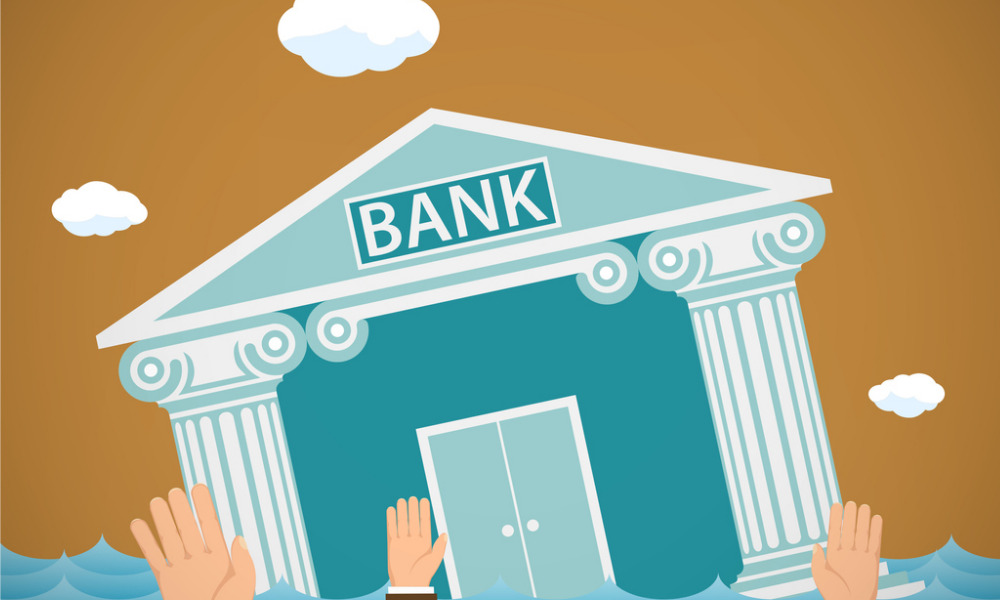Decision represents a pivotal moment in central bank’s monetary policy, says market strategist

As the banking crisis rumbles on, augmented by rising interest rates and the devastating run on Silicon Valley Bank, all eyes are turned to the Federal Reserve today as it makes its latest policy announcement.
“This is a very important meeting as the Fed decides what to do with monetary policy in the wake of significant banking issues brought on by its aggressive rate hikes,” Kristina Hooper, Invesco’s chief global market strategist, said on the cusp of the announcement.
While she and many others expect the rate hike to be at least 25 basis points, she noted that others have been predicting it could range anywhere from a 50 basis point rate hike to no rate hike at all. A few have even proffered that the Fed could even make a 25 basis point cut.
“The European Central Bank (ECB) went ahead with a 50 basis point hike. So, to at least hike rates by 25 basis points would be confirming this is not a crisis,” she added. “However, I believe it would be overkill to hike rates by 50 basis points, especially since financial conditions have already tightened in recent days.”
Hooper said the preliminary University of Michigan Survey of Consumers had noted that both the one-year and five-year ahead inflation expectations had fallen by 0.6%. She felt that would make the Fed feel more comfortable about not hiking rates by 50 basis points, which was expected until the recent banking problems began to emerge. But she added that inflation is still high, wages have been rising, and the labour market remains tight. So, the more modest 25 basis point hike would help the Fed balance the contrast between the strong labour market and financial stress.
Given what’s been happening with the banks and what the Fed is expected to do, she recommended that investors continue to be defensive with their short-term positioning. They should retain their capacity to extend exposures into longer-term, riskier, and less liquid assets when it becomes clearer that the current financial stresses have been contained.
“Uncertainty tends to increase around financial shocks, which is another reason to be defensive and have ‘dry powder’ to deploy as the outlook becomes clearer,” said Hooper. “Taking account of alternative scenarios can be a very useful tool for these periods.”
Meanwhile, she noted several current risks. The first is an increased risk of an earlier and perhaps deeper recession on both sides of the Atlantic. The second is that the issues in the banking industry are more widespread than currently thought, though she doesn’t think that likely. Still, Invesco is monitoring the high-frequency macro data and watching for any indication of financial stress or stabilization. That could include overall financial conditions, use of central bank loan facilities, pressure on short-term funding markets, and bank and financial equities, especially in leveraged institutions.
The final risk is that the Fed or ECB could slow tightening too soon. So, the path of moderating inflation in the near future may not be satisfactory enough and they would have to resume a more aggressive or lengthier tightening cycle later.
“A prolonged tightening cycle would increase pressure on the banking sector, increase recession risks, and prolong the time before an economic recovery could start,” said Hooper.
On the good news front, though, she noted that the risk of a debt ceiling crisis in the U.S. has probably decreased. That’s particularly noteworthy since the current banking problems underscore the U.S. government’s need to continue to have the financial flexibility to provide support when there are crises, such it has with the most recent developments in the banking industry.



